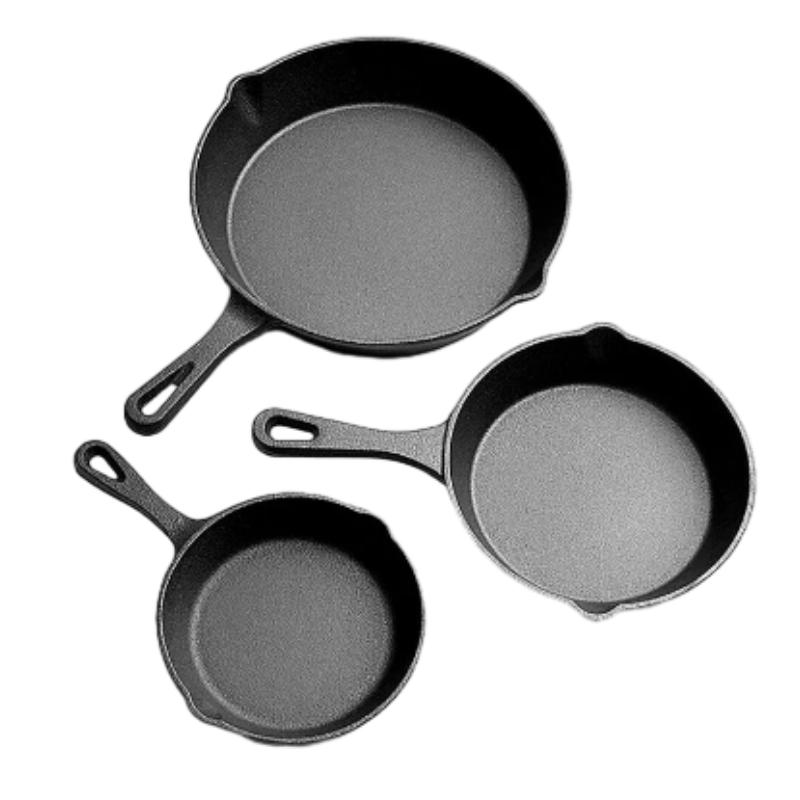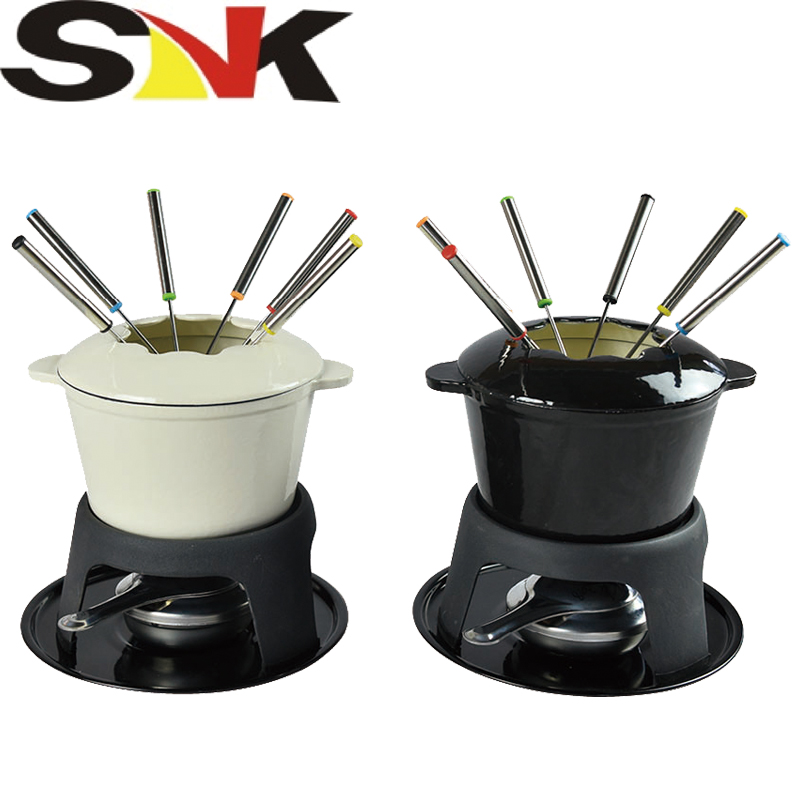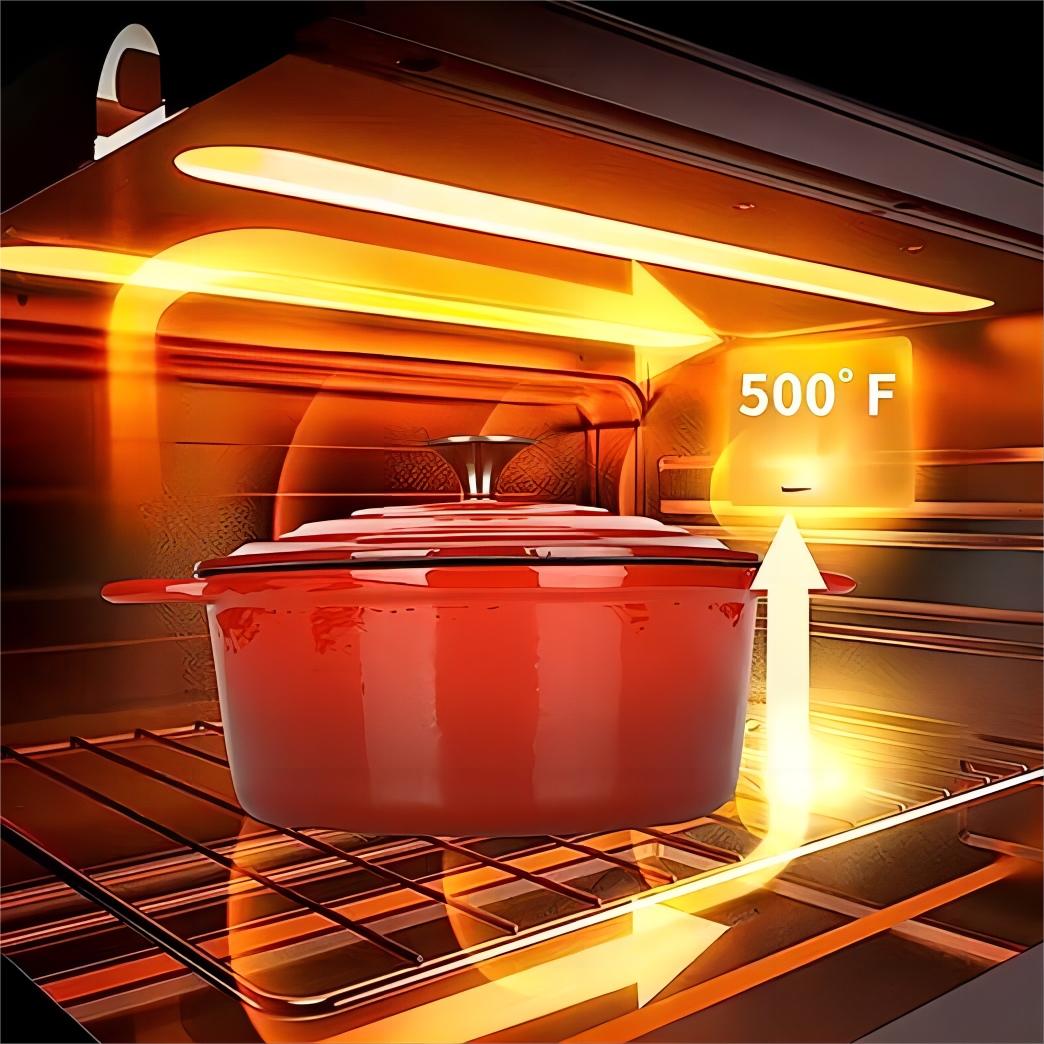2: Clarification mechanism of coagulant
Chemical coagulation is a process in which chemical agents (coagulants) are added to water treatment to make colloidal dispersion system destabilize and agglomerate. In the coagulation process, small suspended particles and colloidal impurities are aggregated into larger solid particles to separate particulate impurities from water, which is called coagulation clarification.
After adding coagulant into water, colloidal particles and other small particles can be polymerized into larger flocs through the comprehensive action of mixing, coagulation and flocculation. The whole process of coagulation and flocculation is called coagulation.
(1) Destabilization and condensation of colloids
Adding electrolyte to water can compress the electric double layer and destabilize the colloid. The main mechanism is that the electric double layer of colloidal particles in water is compressed or neutralized by adding aluminum salt or iron salt coagulant. The coagulant and raw water are mixed rapidly and evenly, and a series of chemical reactions are produced to destabilize. This process takes a short time, generally about 1 min. Some cationic polymers can also play a role in the destabilization and condensation of colloids in water. These polymers have a long chain structure and positive charge in water. Their destabilization and condensation of colloids in water is due to the interaction of van der Waals force adsorption and electrostatic attraction.
(2) Flocculation and formation of floc (alum)
The particle size of the initial flocculate formed by colloid destabilization and coagulation in water is generally more than 1 m. at this time, Brownian motion can no longer push them to collide and form larger particles. In order to make the initial flocs collide with each other to form large flocs, it is necessary to input additional energy into the water to produce a velocity gradient. Sometimes it is necessary to add organic polymer flocculant into water, and the adsorption bridging effect of long chain molecules of flocculant is used to improve the probability of collision and adhesion. Flocculation efficiency usually increases with the increase of flocculate concentration and flocculation time.
Compared with polyaluminum chloride, polyaluminum chloride has the advantages of high density, fast settling speed and wide pH adaptability; the coagulation effect is less affected by temperature than that of polyaluminum sulfate; however, when adding ferric salt, it should be noted that when the equipment is not in normal operation, the iron ions will make the effluent color, and may pollute the subsequent desalination equipment.
Chemical coagulation is a process in which chemical agents (coagulants) are added to water treatment to make colloidal dispersion system destabilize and agglomerate. In the coagulation process, small suspended particles and colloidal impurities are aggregated into larger solid particles to separate particulate impurities from water, which is called coagulation clarification.
After adding coagulant into water, colloidal particles and other small particles can be polymerized into larger flocs through the comprehensive action of mixing, coagulation and flocculation. The whole process of coagulation and flocculation is called coagulation.
(1) Destabilization and condensation of colloids
Adding electrolyte to water can compress the electric double layer and destabilize the colloid. The main mechanism is that the electric double layer of colloidal particles in water is compressed or neutralized by adding aluminum salt or iron salt coagulant. The coagulant and raw water are mixed rapidly and evenly, and a series of chemical reactions are produced to destabilize. This process takes a short time, generally about 1 min. Some cationic polymers can also play a role in the destabilization and condensation of colloids in water. These polymers have a long chain structure and positive charge in water. Their destabilization and condensation of colloids in water is due to the interaction of van der Waals force adsorption and electrostatic attraction.
(2) Flocculation and formation of floc (alum)
The particle size of the initial flocculate formed by colloid destabilization and coagulation in water is generally more than 1 m. at this time, Brownian motion can no longer push them to collide and form larger particles. In order to make the initial flocs collide with each other to form large flocs, it is necessary to input additional energy into the water to produce a velocity gradient. Sometimes it is necessary to add organic polymer flocculant into water, and the adsorption bridging effect of long chain molecules of flocculant is used to improve the probability of collision and adhesion. Flocculation efficiency usually increases with the increase of flocculate concentration and flocculation time.
Compared with polyaluminum chloride, polyaluminum chloride has the advantages of high density, fast settling speed and wide pH adaptability; the coagulation effect is less affected by temperature than that of polyaluminum sulfate; however, when adding ferric salt, it should be noted that when the equipment is not in normal operation, the iron ions will make the effluent color, and may pollute the subsequent desalination equipment.
 Unlike traditional non-stick pans that can release harmful chemicals when heated, cast iron cooking plates are chemical-free and safe to use at high temperatures Unlike traditional non-stick pans that can release harmful chemicals when heated, cast iron cooking plates are chemical-free and safe to use at high temperatures
Unlike traditional non-stick pans that can release harmful chemicals when heated, cast iron cooking plates are chemical-free and safe to use at high temperatures Unlike traditional non-stick pans that can release harmful chemicals when heated, cast iron cooking plates are chemical-free and safe to use at high temperatures


 Over time, the oil and fats used during cooking create a natural seasoning that not only prevents rust but also imparts a subtle, smoky flavor to the food Over time, the oil and fats used during cooking create a natural seasoning that not only prevents rust but also imparts a subtle, smoky flavor to the food
Over time, the oil and fats used during cooking create a natural seasoning that not only prevents rust but also imparts a subtle, smoky flavor to the food Over time, the oil and fats used during cooking create a natural seasoning that not only prevents rust but also imparts a subtle, smoky flavor to the food
 It harks back to a time when kitchen tools were valued for their performance rather than their aesthetics It harks back to a time when kitchen tools were valued for their performance rather than their aesthetics
It harks back to a time when kitchen tools were valued for their performance rather than their aesthetics It harks back to a time when kitchen tools were valued for their performance rather than their aesthetics Look for a pan with a long handle that stays cool even when the pan is hot, making it easier to move the pan around on the grill Look for a pan with a long handle that stays cool even when the pan is hot, making it easier to move the pan around on the grill
Look for a pan with a long handle that stays cool even when the pan is hot, making it easier to move the pan around on the grill Look for a pan with a long handle that stays cool even when the pan is hot, making it easier to move the pan around on the grill